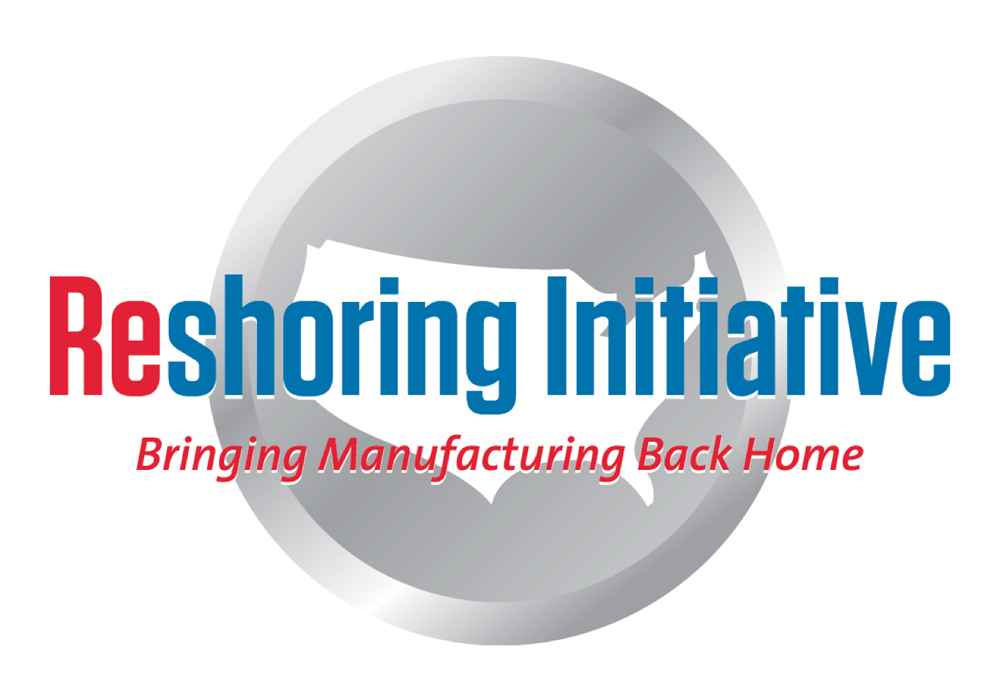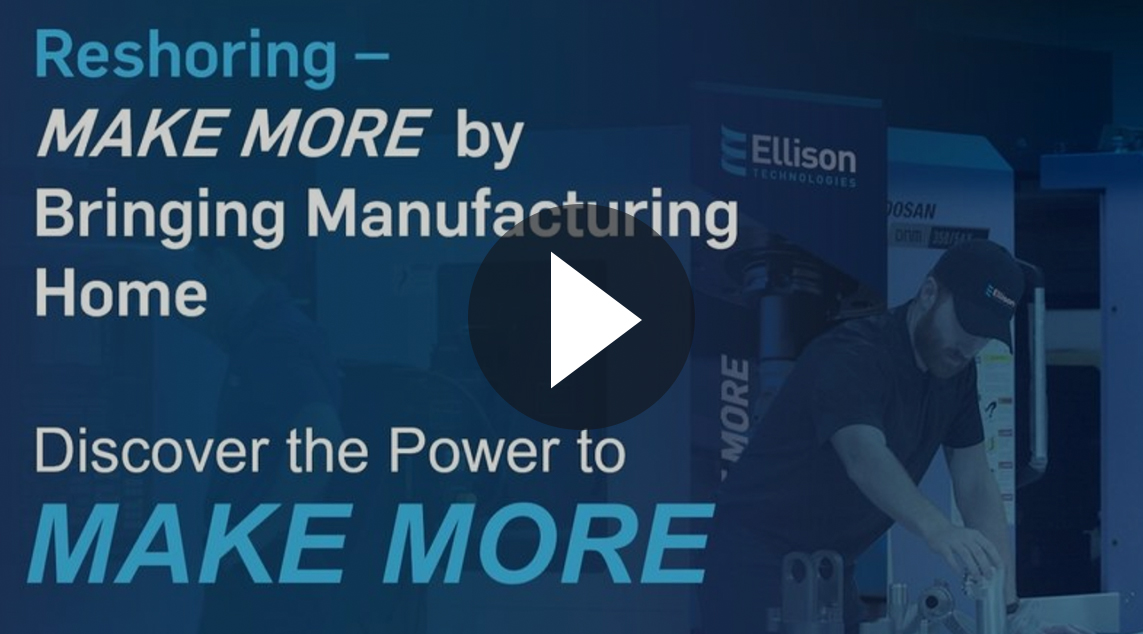
ChipChat: Reshoring – MAKE MORE by Bringing Manufacturing Home
Reshoring – what is it, why is it necessary, and where do you start? In the global manufacturing market, studies have shown a significant increase in manufacturers reshoring their supply chains to increase their productivity and profitability. Now more than ever it is clear that shorter supply chains are stronger and are more competitive for the United States. In our ChipChat webinar: “Reshoring – MAKE MORE by Bringing Manufacturing Home,” our Chief of Business Development, Eike Huebner, is joined by special guest, Founder and President of Reshoring Initiative®, Harry Moser, as we dive into the importance and benefits that reshoring presents to manufacturers and their customers. Read along and view the recorded webinar session to discover the value of reshoring.
If you missed the webinar, continue reading and view the recording.
What is Reshoring?
To understand reshoring, we must first look at offshoring. Offshoring is the practice of sending manufacturing, production, or assembly work overseas. Increasingly over the years many businesses have resorted to offshoring portions of their supply chain to countries where labor and cost of production are lower to meet competitive pricing demands. Although for years many businesses have experienced the benefits of offshoring, with recent trade wars, tariffs, and global crises, supply chains have been put at risk and have become more difficult to remain profitable. Importing and exporting products has become more expensive, global pandemics like COVID-19 has put longer lead times on offshored production, and these factors have made it more difficult for businesses to respond to increasing demands. With businesses facing these challenges, reshoring offers many manufacturers the opportunity to bring manufacturing back to the U.S. to MAKE MORE parts and money. Reshoring involves bringing back the manufacture and assembly of domestically sold products to the U.S.
Why is Reshoring Necessary?
 As the cost of maintaining offshore production continues to increase, U.S. manufacturers need to find ways to meet the increasing demand of domestic products. In the wake of COVID-19, grocery stores, hospitals, and retailers experienced a mass shortage of food items, surgical masks, ventilators, and several necessities that were no longer available. These shortages were influenced by businesses unable to fulfill production due to delays caused by offshored work. As machining and manufacturing technology continues to improve, manufacturers have the capability to compete on a global scale and become more profitable. Additionally, reshoring presents several benefits for businesses and manufacturers to become more profitable, create more available jobs, help boost economic growth, and increase overall productivity of U.S. manufacturing.
As the cost of maintaining offshore production continues to increase, U.S. manufacturers need to find ways to meet the increasing demand of domestic products. In the wake of COVID-19, grocery stores, hospitals, and retailers experienced a mass shortage of food items, surgical masks, ventilators, and several necessities that were no longer available. These shortages were influenced by businesses unable to fulfill production due to delays caused by offshored work. As machining and manufacturing technology continues to improve, manufacturers have the capability to compete on a global scale and become more profitable. Additionally, reshoring presents several benefits for businesses and manufacturers to become more profitable, create more available jobs, help boost economic growth, and increase overall productivity of U.S. manufacturing.
Where to Start?
Knowing where to start with reshoring your supply chain begins with reviewing and analyzing how you do things, the parts you make, who you compete with, supply chain risks, costs, and understanding what areas of your operation can be improved.
Technology – Implementing more efficient machining technology such as five axis or multi-axis machines, automation, and machine monitoring software can greatly improve your OEE and present opportunities for improvements. By understanding where your business excels in the market against the competition, you can determine what aspects of your business can be easily reshored to create the biggest impact on your profitability.
Total Cost of Ownership (TCO) – Analyzing TCO helps companies move away from making a decision solely based on price for where to buy or source their materials and production, and instead, look at all relative costs involved. By looking at all the relative costs, manufacturing can see how the costs of labor, freight, packaging, international visits, QA/QC, long lead times, out of stock inventories, intellectual property risks, and supply chain disruptions can greatly increase TCO. Additionally, a study by Oxford Economics has shown China’s labor costs increasing by 10-15% each year for the last 20 years. Increasing labor costs combined with trade tariffs, pandemic shortages, and extended lead times has made U.S. manufacturing significantly more competitive when considering the TCO.
Import Substitution Program (ISP) – A great place to start your reshoring process is with Reshoring Initiative’s Import Substitution Program which helps manufacturers acquire data to identify opportunities to offer their services to importers of internationally made products. The ISP utilizes Reshoring Initiative’s extensive database to acquire names, addresses, imported product types, quantities imported, costs of imports, and names of the offshore suppliers to help U.S. manufacturers lower their TCO to compete and win against offshored competitors. The ISP also helps identify markets and products that are currently unavailable or under produced in the U.S. as another opportunity for manufacturers to fulfill.
By utilizing and focusing on these key areas for improvement, U.S. manufacturers, machine shops, and businesses have the opportunity to reshore their supply chain, bring manufacturing back to the U.S., support and grow our economy, create jobs, stay competitive, and MAKE MORE.
If you’re still unsure of where to start, our industry experts at Ellison Technologies and Reshoring Initiative® are here to help.
Want to Know More?
For more information or questions on reshoring, contact cncinfo@ellisontechnologies.com.
View our other recorded ChipChat webinars.


